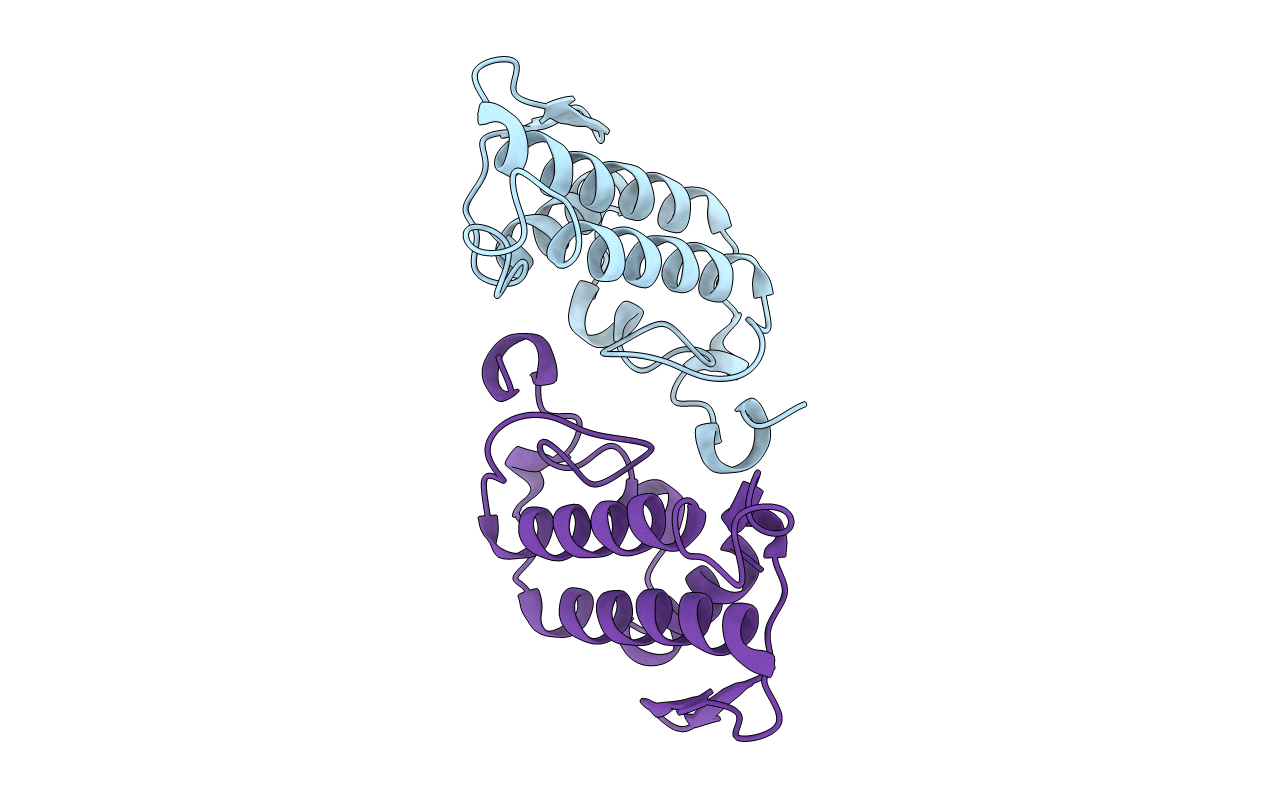
Deposition Date
2018-12-05
Release Date
2020-04-15
Last Version Date
2024-11-20
Method Details:
Experimental Method:
Resolution:
1.90 Å
R-Value Free:
0.22
R-Value Work:
0.17
Space Group:
P 21 21 21


